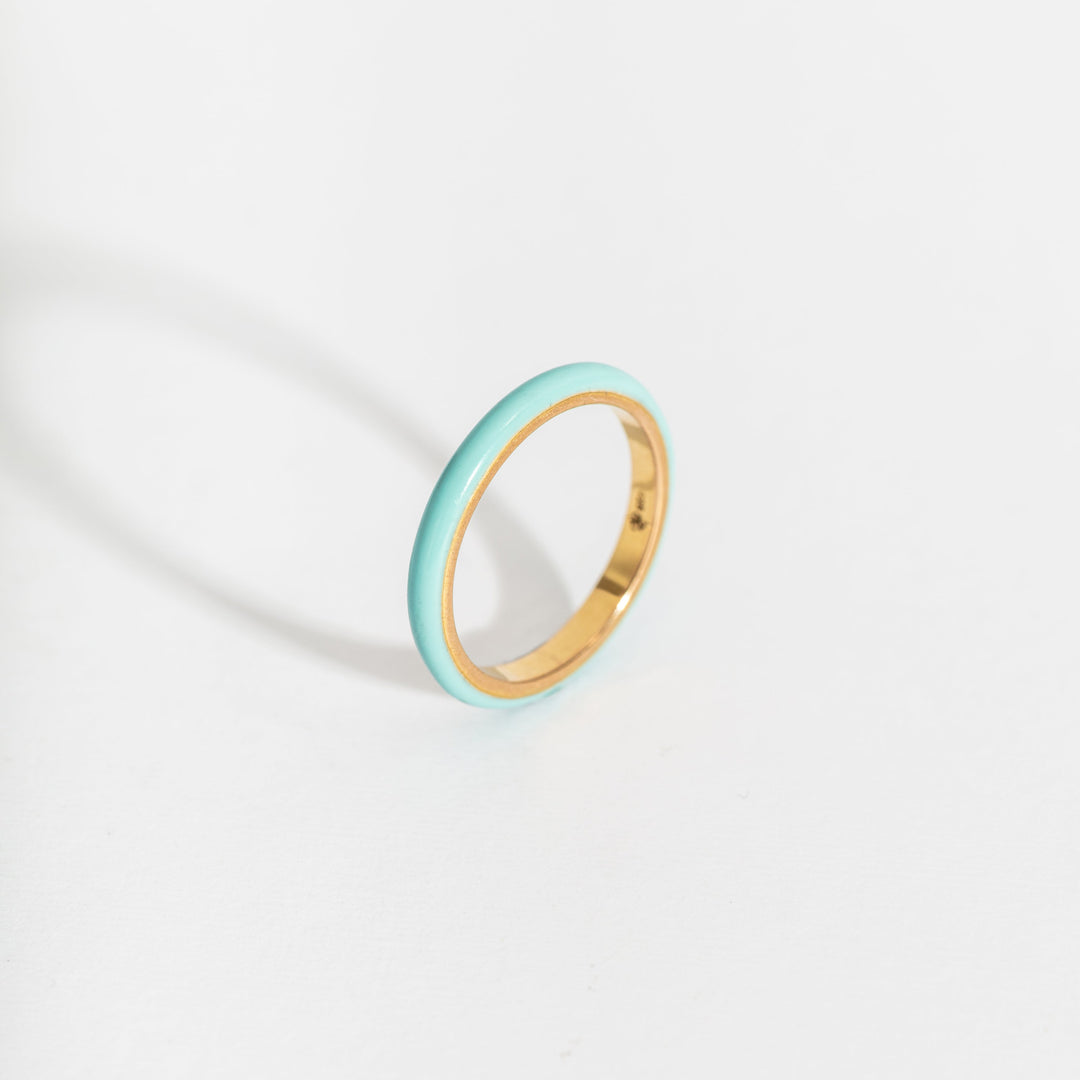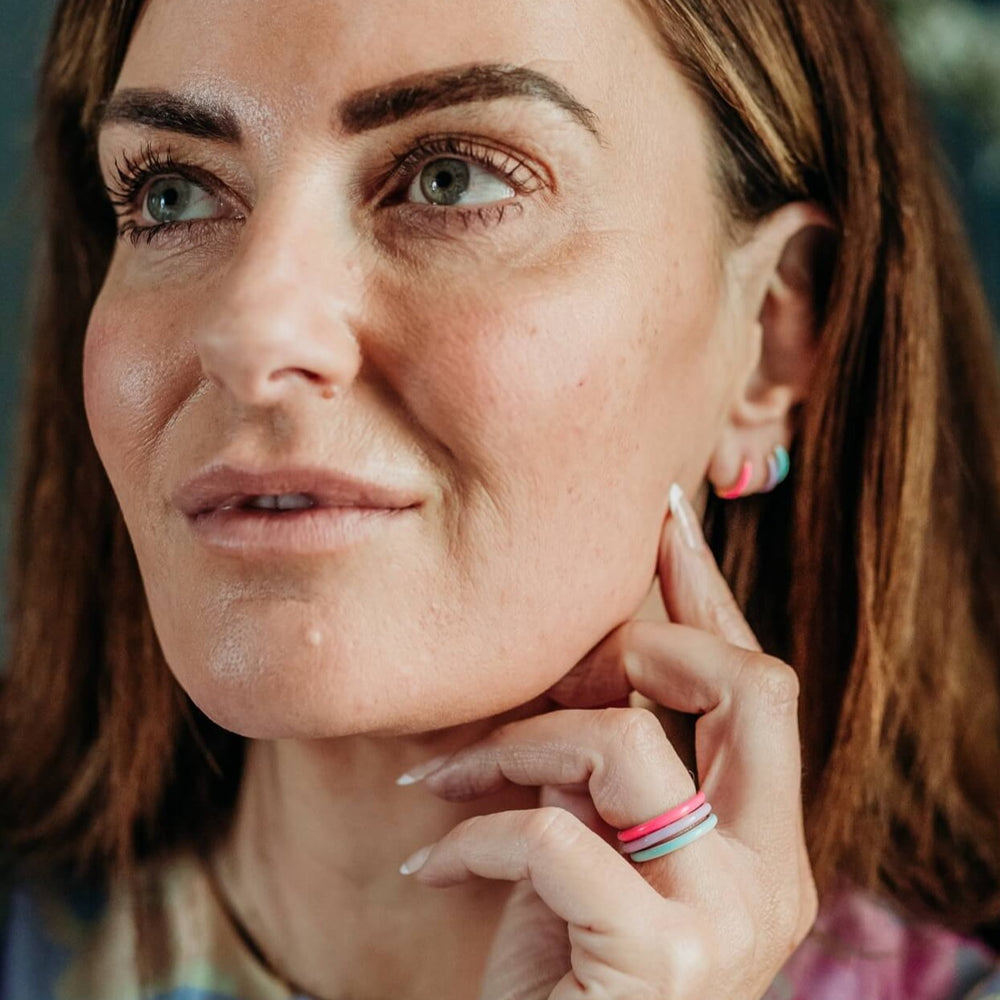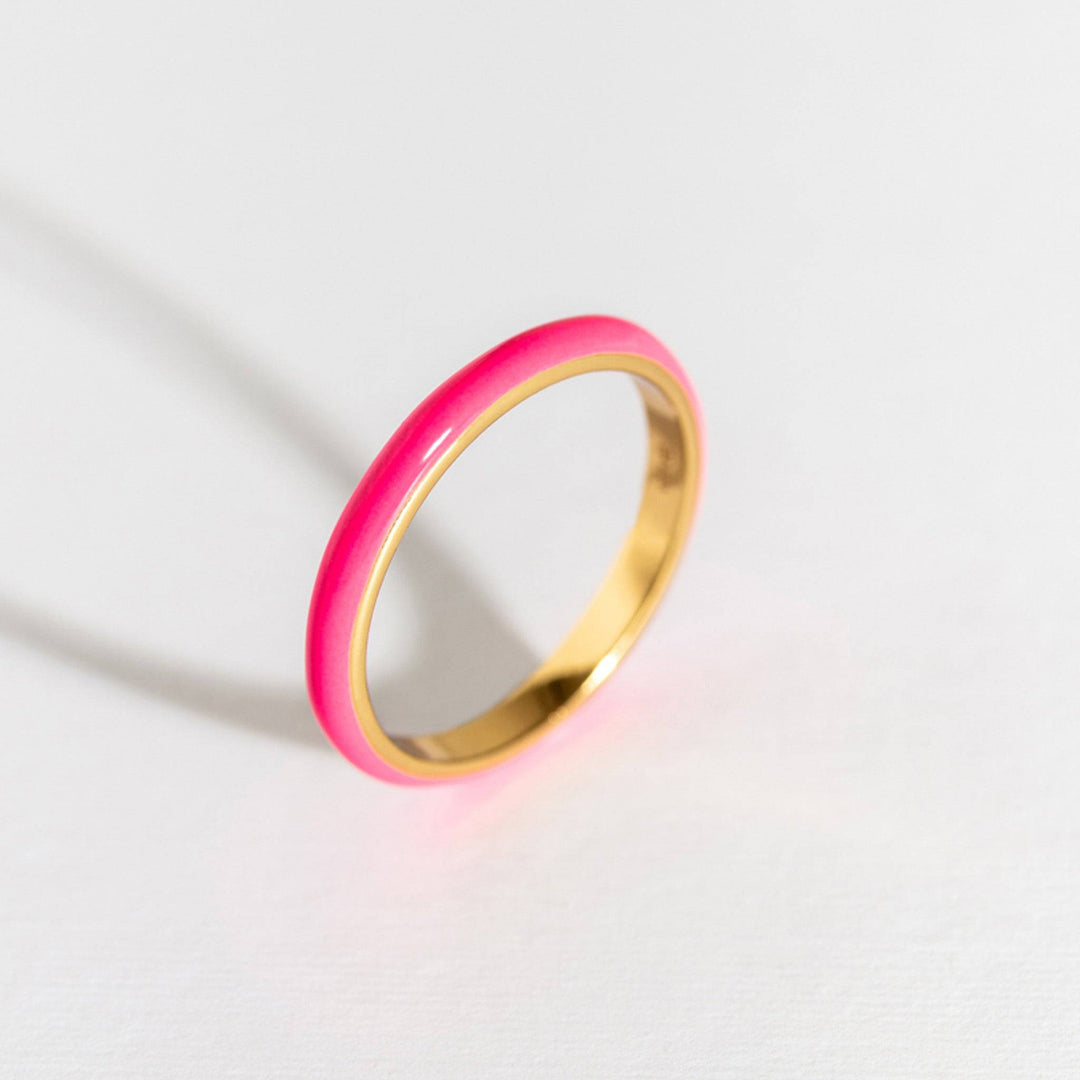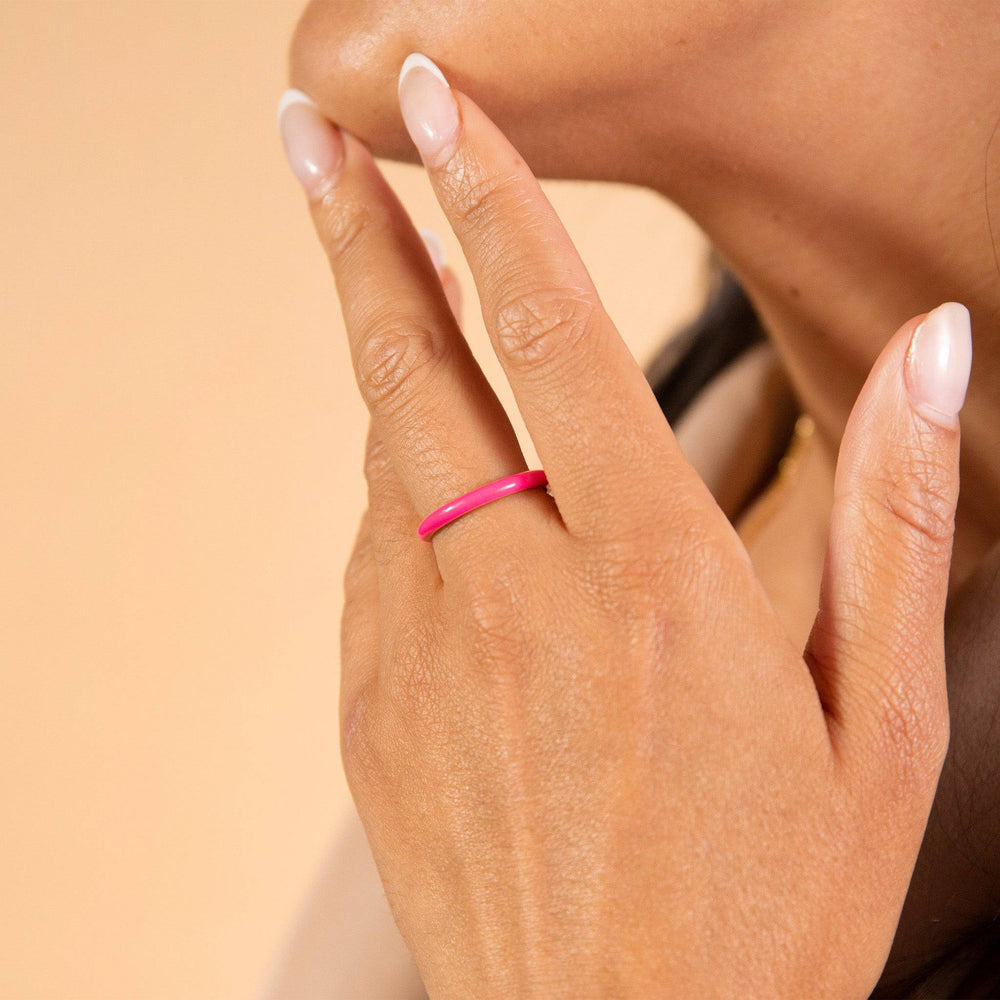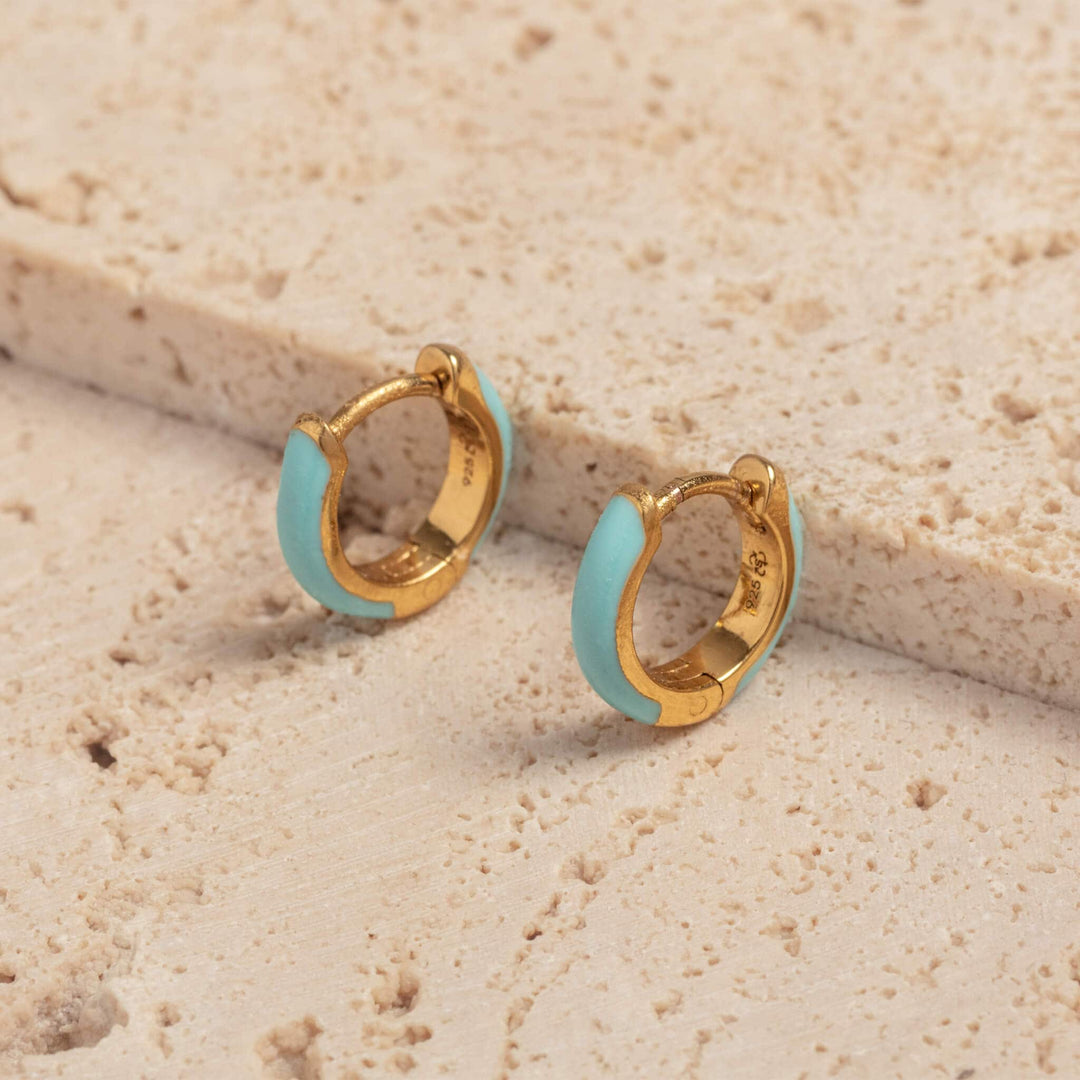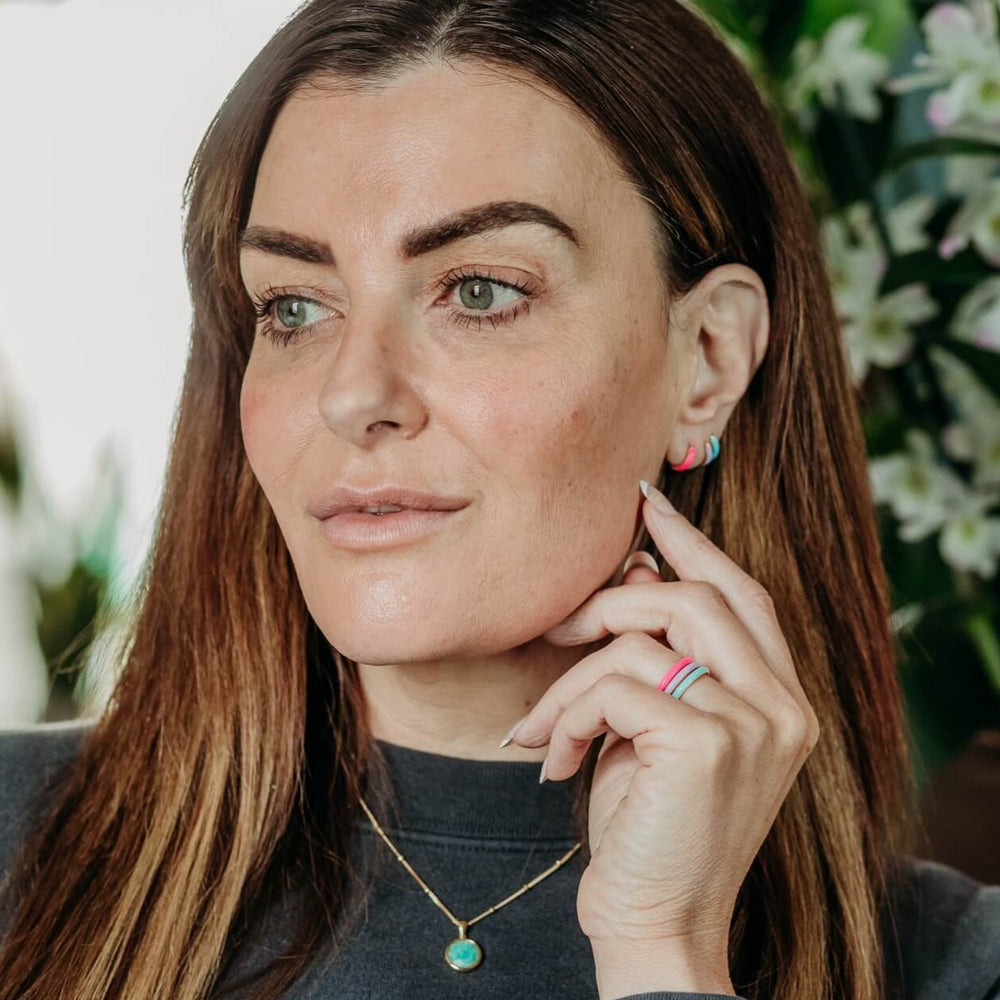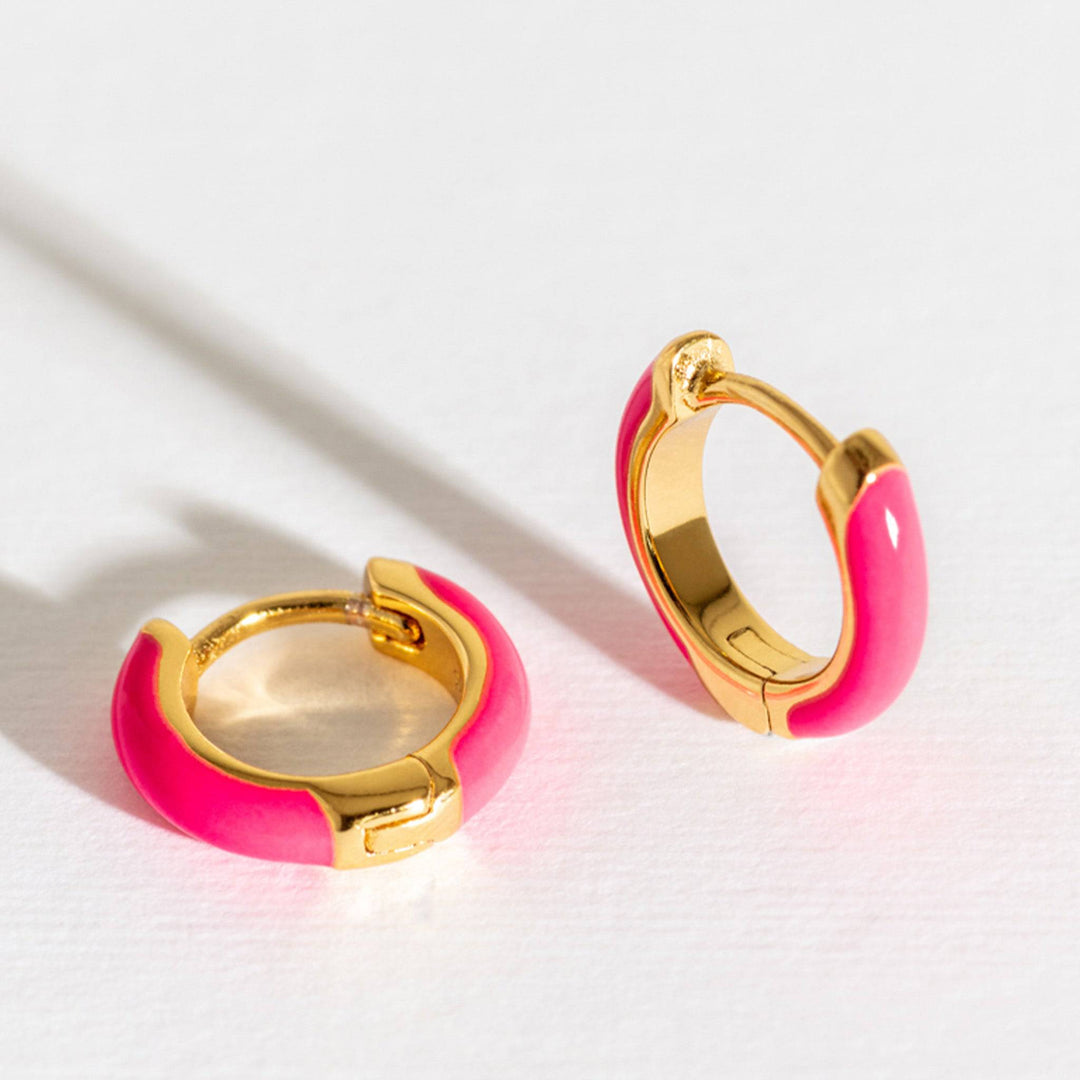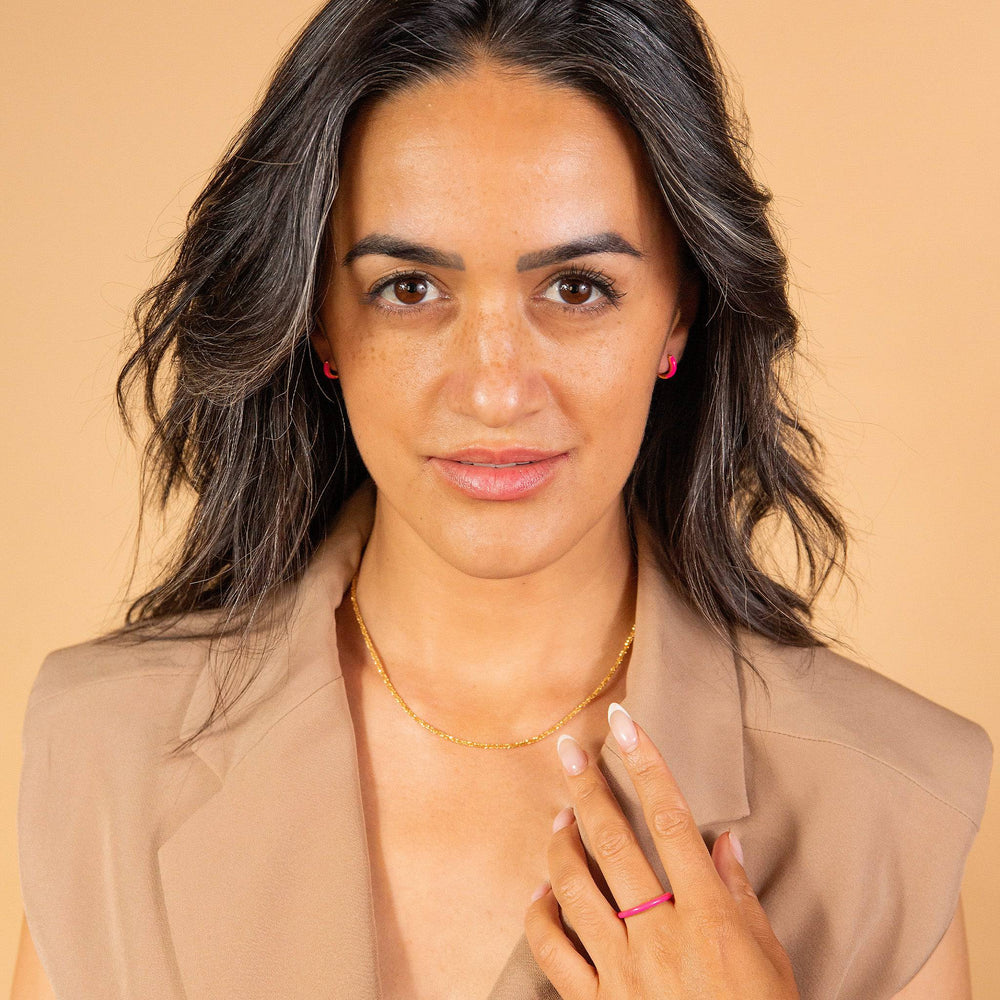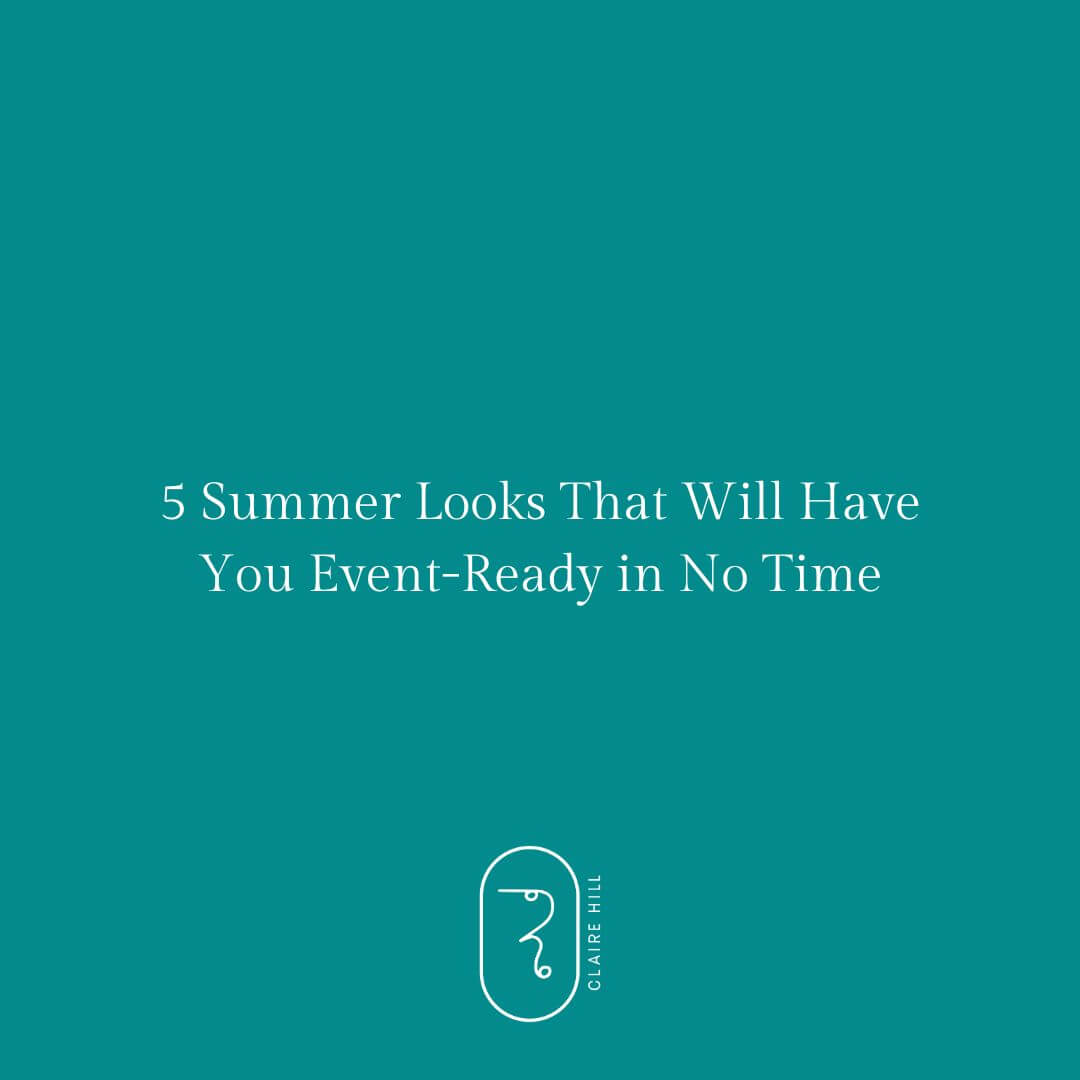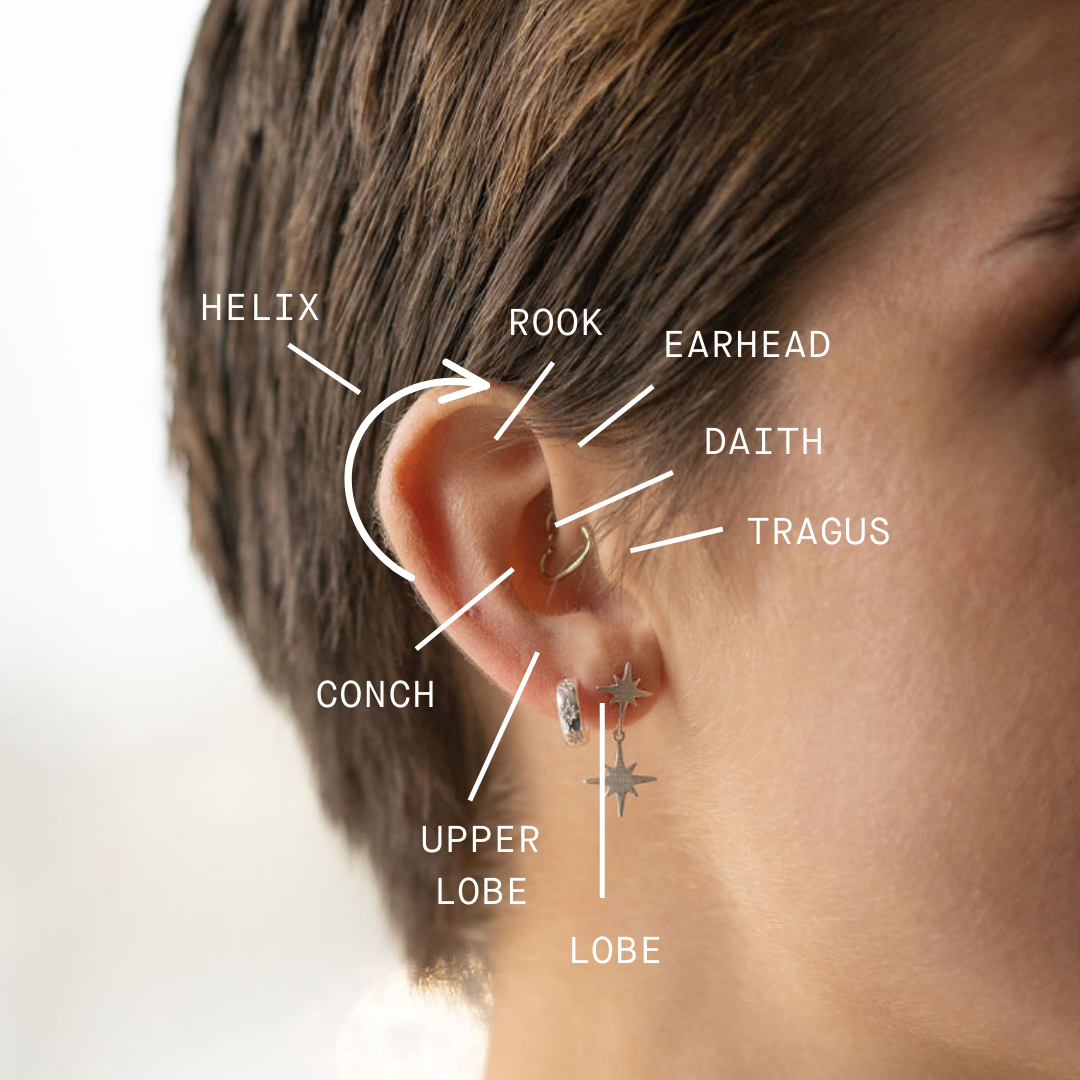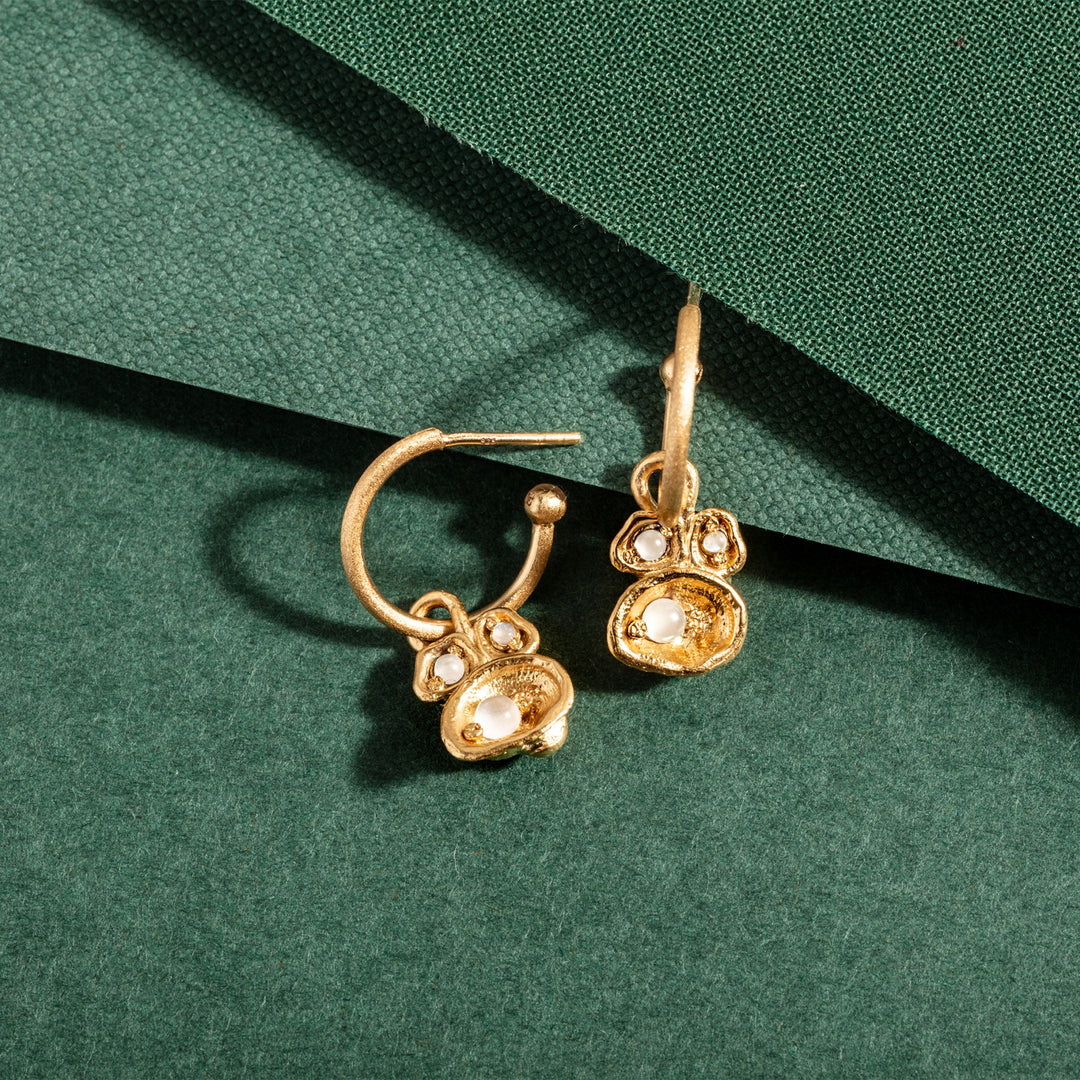Getting Your Ears Pierced: Everything You Need to Know
Whether it's your first time or you are a seasoned ear piercer there's still important things to remember every time you go for a piercing. From what piercing is what, will it hurt to the all important aftercare, we've asked jewellers Rubirox for their ultimate tips for getting the ear stack of your dreams.
So avoid those piercing guns of our childhood, get yourself to a proper piercer and take the hassle out of getting your ears pierced, then come shop the Claire Hill Designs earring collection.
 Shop the collection here
Shop the collection here
Q: What should you consider before getting a piercing?
A: Whether you can commit to the aftercare requirements, it’s not that difficult to stick to, but things like whether you have a holiday coming up should be considered beforehand. This is because things such as sun cream, prolonged sun exposure and sweat can aggravate a new piercing – plus we recommend swimming is avoided for four weeks post piercing so best to wait so you can properly enjoy your holiday!
Q: Where are the most popular areas to get pierced?
A: I think lobes will always be the most popular, but a curated ear look is so popular so we do lots of cartilage piercings too!
 Shop the look: Brushed Silver Drop Star Earrings, £48, Silver Star Huggies, £45
Shop the look: Brushed Silver Drop Star Earrings, £48, Silver Star Huggies, £45
Q: Is getting your ears pierced painful?
A: This is tricky because everyone is different. However, generally, piercings shouldn’t be too painful. Cartilage is often more painful than a lobe piercing, but the pain doesn’t last long – I would describe it as a hot sensation, your ears feel hot like they’ve been pinched! With proper aftercare, pain shouldn’t be a problem.
Q: Should I eat or take any painkillers beforehand?
A: We always recommend you eat beforehand. Painkillers are up to you but always check with a medical professional before taking anything if you are unsure.
 Shop enamel huggie hoops in hot pink, lavender, turquoise, coral and black
Shop enamel huggie hoops in hot pink, lavender, turquoise, coral and black
Q: What’s the difference between a needle and a gun?
A: A traditional spring pressed gun can cause significantly more swelling as it is launched into the ear, this can often lead to inaccuracy and a longer healing period. A needle allows for a cleaner, more precise piercing that causes less damage to the ear, thus a shorter healing time. Therefore, a needle is often preferred. However, needles often evoke fear, meaning the experience may be more distressing. For this reason, some prefer guns. Fortunately, more modern equipment combines the benefits of both methods. The Inverness Piercing System boasts precision and cleanliness for a fast, gentle, almost painless experience. The innovative system safely pierces using a hand-pressed instrument and sterile hypoallergenic piercing earrings which feature a needle-like back. This means that the process has the same precision and safety of a needle, without the daunting look. This is the system we use at Rubirox and our customers all say it makes for a better experience than either a needle or a gun.
Q: How long do piercings take to heal- are some longer than others?
A: Yes – cartilage piercings take longer to heal than lobe piercings. This is because the body has to work harder to heal the cartilage than it does to heal the soft-tissue of the lobe. Generally, lobe piercings take 6 weeks to heal, while a cartilage takes 12 weeks. However, this is an average, everybody is different and some may take more or less time. For example, a cartilage piercing can take up to a year to fully heal. It is important that you are aware of this if you are considering a piercing.
 Shop the look: Diamond Cut Silver Hoops, £68, Moon Yellow Opal Stud, £32, Silver and Black Ear Cuff, £38
Shop the look: Diamond Cut Silver Hoops, £68, Moon Yellow Opal Stud, £32, Silver and Black Ear Cuff, £38
Q: Will I get those lumps around my piercing?
A: Piercing bumps are harmless and are your bodies way of protecting and trying to heal the wound. It’s a bit like getting a bump after injuring yourself, the body is just working hard to heal itself! Piercing bumps are common but not everyone gets them. They typically go away within a few weeks and can be helped by keeping the earring in, keeping the site clean and dry and following all the aftercare properly. Another type of ‘lump’ that can occur at the site of piercing is called a keloid. A keloid is a build-up of scar tissue that can occur a few months after the piercing, and may continue to grow bigger. Although very uncommon, it is important to get checked out by a doctor if you suspect you have a keloid. In summary, piercing bumps are not a major cause for concern and are a sign of your body’s natural immune response. While there is no way to say whether you will get any lumps at all, piercing bumps are more common than keloids. Although a bump is unlikely to be a keloid, it is important that this is checked out if you are unsure.
Q: How do I care for my new piercing?
A: At your appointment you should be taken through aftercare requirements. Follow these guidelines thoroughly (avoid chemicals near the ear, avoid swimming, avoid catching your piercing etc) and keep the ear clean with the aftercare solution and you should be good to go!
 Shop stud earring collection in 100% recycled silver and 14k gold vermeil
Shop stud earring collection in 100% recycled silver and 14k gold vermeil
Q: When can I put new jewellery in – and what can I use?
A: This depends on the location of the piercing, but typically, a lobe piercing can be changed after 6 weeks and a cartilage piercing can be changed after 12 weeks. However, this is an estimate. If you feel that your piercing is still slightly sore or inflamed, it is best to leave the piercing earrings in until this has subsided. As well as this, at this stage it is still too early to take the earring out and leave it out for any period of time. If you wish to change the jewellery, put the new earring in immediately. In terms of what you can use, generally, the world is your oyster! Usually it is best to stick to metals you know you are okay with, but in terms of hoop/stud/flatback/barbell etc go for whatever you like!
Discover our collection of huggies, studs and hoops to create your own stack. With a base metal of 925 recycled silver and thick 14k gold vermeil platings then you can be comfortable wearing them in even new piercings.



